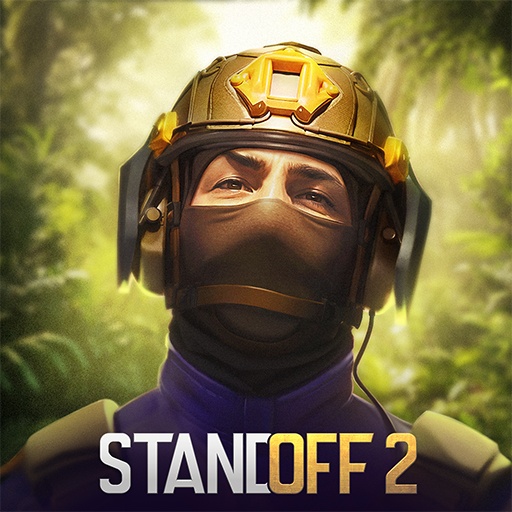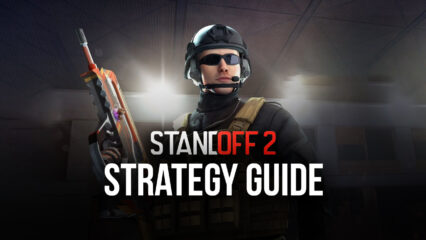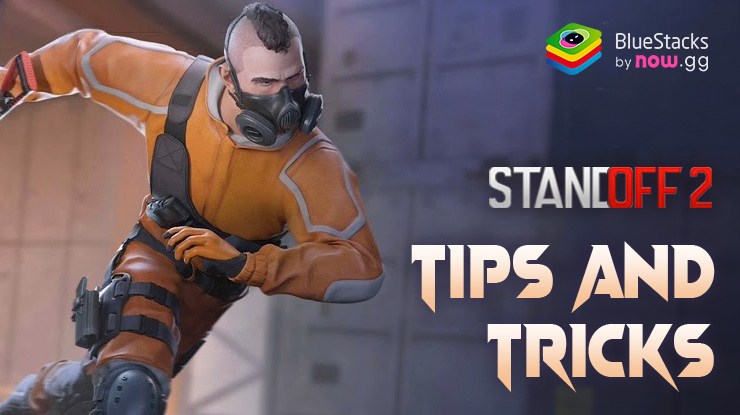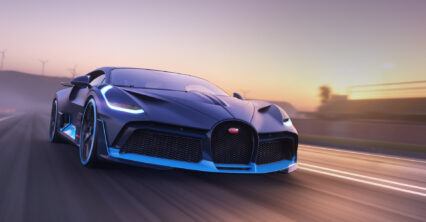Standoff 2 Movement Guide and Tips to Win More Battles

In Standoff 2, movement is just as crucial as aim. Good movement mechanics can turn the tide in duels, help you take advantageous positions, and make you a harder target to hit. This guide dives deep into advanced movement techniques such as strafing, peeking, parkour, and tactical positioning that will elevate your gameplay.
What is meant by “Movement” in Standoff 2?
Movement in Standoff 2 is more than just transitioning between bomb sites or rushing into battle. It directly influences how effectively you control engagements, dodge enemy fire, and gain map control. Mastering movement makes you unpredictable, efficient, and significantly harder to counter. Unlike static players who often fall quickly to precise aimers, a moving player introduces difficulty into the opponent’s timing and aim.
Understand about Strafing and Counter-Strafing
Strafing is the fundamental movement technique for dodging enemy bullets. It involves moving side to side (typically using A and D or the joystick). Advanced players learn to counter-strafe, which means stopping their movement just before shooting. This instant halt resets weapon accuracy and allows for more precise shots, especially in tight corners. The key is to briefly let go of the movement key and fire at the moment your character is stationary. When mastered, counter-strafing becomes second nature and dramatically improves accuracy in duels.

Jiggle and Shift-Peeking
Peeking is the art of exposing yourself strategically to an enemy’s line of sight. Jiggle peeking involves rapidly swinging in and out of cover, usually to bait out shots or gather information. This technique works well against snipers or enemies holding tight angles. It allows you to see an opponent without fully committing to a fight. Shift peeking, on the other hand, involves walking slowly (by holding the shift key or movement slowly on the joystick) to reduce footstep noise. It’s most useful when you want to check an angle silently or surprise a waiting enemy. Both peeks are indispensable for controlling engagements on your terms.
Master the Art of Shoulder Peeking
Shoulder peeking is a refined version of jiggle peeking, where only a minimal part of your character is exposed. This technique is used to bait shots or trigger enemy reactions without offering a clean target. The idea is not to engage but to reveal whether an enemy is holding an angle. Similarly, movement baiting can involve fake strafes or footsteps to make enemies believe you’re approaching from a direction, causing them to reveal themselves or rotate prematurely. Combining these tactics with proper timing gives a strategic edge in any duel.

Jumping is Equally Important
Movement in Standoff 2 includes jumping and parkour-style movement that allows you to reach elevated positions or traverse obstacles creatively. Many maps offer hidden ledges or parkour routes that allow players to surprise enemies with off-angle shots. Knowing these spots can create unexpected opportunities for flanking or site control. Additionally, jumping while crossing open areas makes you harder to hit, though this should be used sparingly as it reduces shooting accuracy.
Optimize your Control Layout
Your movement efficiency is also tied to your control layout and sensitivity settings. A poor setup will limit how quickly and accurately you can strafe, peek, or aim while moving. Adjust your joystick or button layout so that it allows smooth multi-directional movement while maintaining access to your shoot and scope buttons. Experiment with sensitivity settings in training modes to find the ideal balance between control and speed. A lower sensitivity often favors precision, while a slightly higher one allows for quicker dodges and directional shifts.
Players can enjoy playing Standoff 2 on a bigger screen of their PC or Laptop via BlueStacks along with your keyboard and mouse.
















